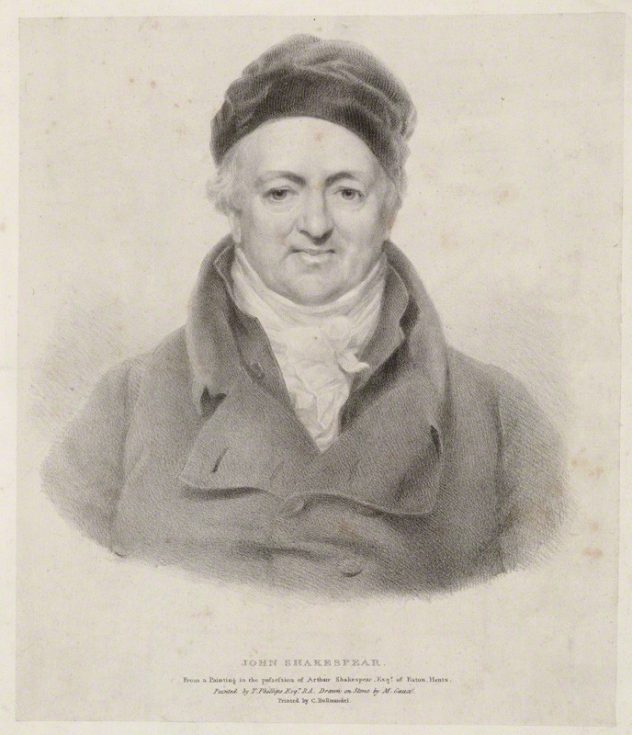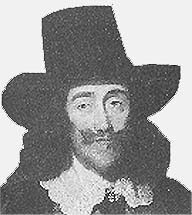The last serious challenge to British power in Hindustan had ended with the Battle of Buxar in 1764. While the Peshwas, the Nizam and, above all, the Sultans of Mysore would continue to resist the Pax Brittanica in the Deccan for many more decades, in the fertile Gangetic valley of Hindustan no one any longer dared to challenge the Union Jack after Buxar. Calcutta, as the bastion of English power, was now well on its way to becoming the ‘City of Palaces’. By the 1780s, as military threats had waned and English power sank roots, the Governor General Warren Hastings began laying the foundations of a modern state along with the juridico-intellectual apparatus that continues to inform the postcolonial state.
Hastings was a man of vision and a patron of learning. But he ruled, many of his detractors said, despotically. He did not baulk at scandal and perhaps even courted them. He scandalously lived with a married woman for years before he could procure a divorce for her and marry her. He fought a duel with one of his professional rivals. And, perhaps most controversially had one of his elite Indian opponents hanged on dubious charges of forgery. Yet, despite the scandals, Hastings evoked strong passions amongst those who knew him. Those who admired him were loyal to a fault, while those who hated him found nothing redeemable.
Hastings would eventually resign his position as Governor General in the February of 1785. In the final years of his rule, he undertook many historic decisions. These included the promulgation of a new legal code, supporting the establishment of the Asiatic Society, the foundation of the Aliya Madrasa etc. To implement these he surrounded himself with like-minded people loyal to his person. It was amongst this loyal and close-knit bunch that a most surprising incident took place sometime between late 1782 and when Hastings left Calcutta in early 1785.
We know the incident could not have taken place anytime before the second half of 1782, because one of Hastings’ loyal Councillors, Mr John Shakespear, played an important role in the incident. Mr Shakespear had married a Miss Mary (“Molly”) Davenport, by all accounts a beautiful and wealthy young lady, on the 9th of May 1782. Thereafter the newly married couple had proceeded to Calcutta, where Mr Shakespear was a member of Hastings’ governing council.
It was at one of the meetings of the Council that the incident unfolded. The Governor General and his men had been hard at work and they had not noticed the shadows lengthening. The day was drawing to a close but Hastings, ever the workaholic, kept working. Not much was said and the occasional rustle of paper was the only sound the kept the constant scratching of pens company. The small body of people continued to work through the mundane business of running a thriving empire.
What happened next however, was neither mundane nor silent. The hushed tones of the room were unceremoniously shattered by a scream let out by John Shakespear. “Good God! There’s my father!”, he yelled. Everyone present looked up. And, everyone, including the no nonsense Governor General himself saw an elderly gentleman almost gliding across the room towards the window. Besides Shakespear and Hastings, we know of at least one other witness by name, viz. Joseph Cator, Hastings’ personal secretary.
As they sat watching the strange vision they also noted the apparition wearing a strange sort of a hat. No one yet had seen these hats in India, but they would later come to be called ‘chimney-pots’.
Once the apparition had gradually dissolved into thin air, the Governor General was the first to recover his wits. He immediately instructed that an official record be made of the sighting. But that done, little further work could be done that day and the members of the Council retired.
A few weeks later there arrived in Calcutta a ship. It brought the unhappy news of the death of Mr Shakespear’s father in England. But even more surprisingly, the ship also brought a cargo of the new ‘chimney-pot’ hats, the first of their kinds in India.
Unfortunately, the written record that Hastings had instructed to be made has never, so far as I know, been discovered. Yet, around the dawn of the twentieth century – that is, over a century after the incident – descendants of the Shakespear and Cator families in England independently recounted to separate interlocutors almost identical family lore about the matter.
The Shakespears of Brockwood (for that was the estate John bought with the money he made in Bengal) are believed by genealogists to be heirs of the Bard himself. Given the latter’s fondness for things spectral, one wonders what he would have made of his descendant’s tale. It is a pity that while generations of Shakespears, after John, continued to serve in Bengal, none of them chose to illuminate the family traditions.



Not quite true. The fertile Ganga Yamuna plains, more specifically Delhi and its environs, and then Awadh, with its capital at Lucknow, would challenge the might of the EIC in 1857
Projit Bihari Mukharji
The story is written up in the family history book and there are several differences to your story. Have you seen a copy of ‘John Shakespear of Shadwelland his descendants 1619-1931’ ? I come to Calcutta quite frequently and would enjoy some communication.
Hi,
Thanks for reading my blog.
No. I haven’t seen the book you mention. I got the story from some older newspapers and books on 18th century Calcutta. I will try to look up the book you mention. Would also love to hear any more information you might have.
Alas. I do not live in India. Though I do go to Calcutta quite often.